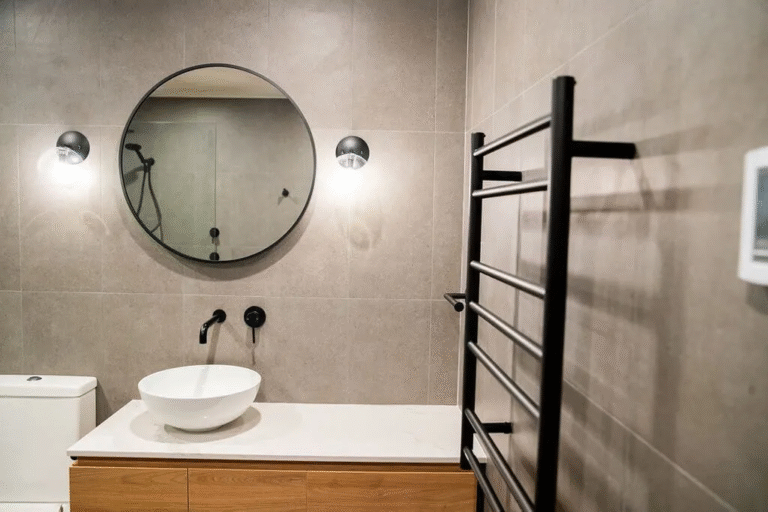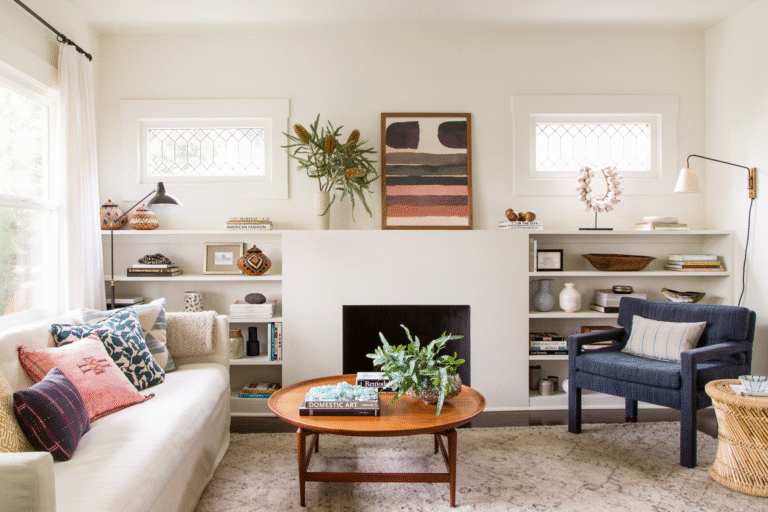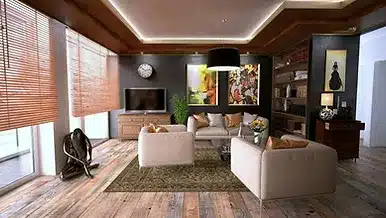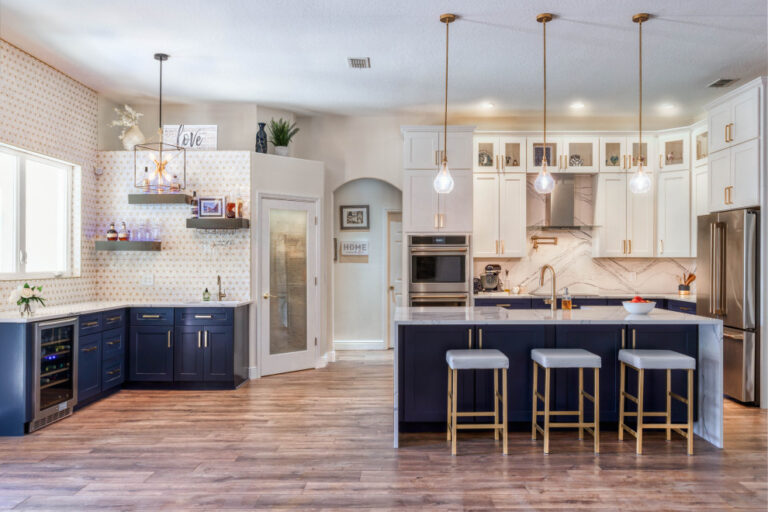How to Choose the Right Lighting for Your Home!

Lighting plays a crucial role in how your home feels and functions. It sets the mood, enhances your décor, and even impacts your daily routines. Yet, with so many types, styles, and features available, choosing the right lighting for your home can feel overwhelming.
In this guide, we’ll break it all down in a simple, human way—room by room, style by style—so you can feel confident selecting the best lighting solutions for your space.
Why Lighting Matters More Than You Think
Before diving into choices, it’s important to understand why lighting isn’t just about seeing clearly. The right lighting:
- Improves functionality – Helps you perform tasks like cooking or reading with ease.
- Enhances mood – Soft, warm lighting can make you feel relaxed; bright lighting can energize you.
- Adds character – Fixtures can act as statement pieces in your design.
- Boosts home value – Well-lit homes look more attractive and spacious to buyers.
1. Understand the Three Types of Lighting
There are three main types of lighting, and a balanced home design includes a mix of all three:
a. Ambient Lighting
This is your general lighting—the main source that lights up an entire room. Examples:
- Ceiling-mounted lights
- Recessed lights
- Chandeliers
b. Task Lighting
This lighting is focused and helps you perform specific tasks like cooking, reading, or working. Examples:
- Under-cabinet lights
- Desk lamps
- Pendant lights over a kitchen island
c. Accent Lighting
Accent lights are all about style. They highlight certain features or create mood. Examples:
- Wall sconces
- Spotlights on artwork
- LED strip lighting on shelves
Combining these three creates a layered effect that’s both practical and stylish.
2. Know Your Room’s Purpose
Different rooms need different lighting. Let’s look at each one.
Living Room
This is where you relax and entertain. Use a mix of:
- Ambient lighting from ceiling fixtures
- Floor or table lamps for cozy reading corners
- Accent lights to highlight art or plants
Kitchen
Functionality is key. Use:
- Bright overhead lighting (like recessed lights)
- Task lighting under cabinets
- Pendant lights over the island for both style and use
Bedroom
This should be a relaxing retreat. Go for:
- Soft ambient lighting like flush-mount ceiling fixtures
- Bedside lamps or wall sconces for reading
- Dimmer switches to control brightness
Bathroom
You need a good mix here:
- Bright vanity lighting (to apply makeup or shave)
- Overhead lights for general use
- Small accent lights for a spa-like feel
Dining Room
Here’s your chance to be bold:
- A chandelier or statement pendant light above the table
- Wall sconces or buffet lamps for added elegance
3. Choose the Right Light Bulbs
Not all light bulbs are the same. Consider these factors:
a. Brightness (Lumens)
- The higher the lumens, the brighter the light.
- Living spaces need around 1,500–3,000 lumens.
- Task areas like kitchens may need more.
b. Color Temperature (Kelvins)
- Measured in Kelvins (K), this affects the warmth of the light.
- Warm White (2,700–3,000K): Cozy, perfect for bedrooms and living rooms.
- Cool White (3,500–4,100K): Crisp, good for kitchens and work areas.
- Daylight (5,000–6,500K): Bright, clear—ideal for detail-heavy tasks.
- Warm White (2,700–3,000K): Cozy, perfect for bedrooms and living rooms.
c. Type of Bulb
- LED: Energy-efficient, long-lasting, and available in various temperatures.
- CFL: More efficient than traditional bulbs, but less so than LEDs.
- Incandescent: Warm light but not energy-efficient.
For most homes, LED is the best all-around choice.
4. Match Your Style
Lighting fixtures should reflect your home’s personality. Here are a few popular styles:
- Modern: Clean lines, metallic finishes, often minimalistic.
- Farmhouse: Rustic materials like wood or iron; think mason jar pendants.
- Industrial: Exposed bulbs, metal piping, and raw textures.
- Traditional: Elegant, often with ornate detailing and warm tones.
- Bohemian: Creative, with colorful shades or eclectic combinations.
Don’t be afraid to mix styles—just keep some consistency in color or material to tie things together.
5. Think About Size and Scale
A small pendant light over a big dining table might look out of place. A good rule of thumb:
- Measure your room’s width and length in feet.
- Add those numbers together. That’s the ideal diameter (in inches) for a central light fixture.
Example: A 10×12 room = 22. So, aim for a fixture around 22 inches in diameter.
6. Use Dimmers and Smart Lighting
Installing dimmer switches lets you adjust brightness based on mood or activity. Even better? Smart lighting systems let you:
- Change colors
- Set schedules
- Control lights remotely from your phone
They may cost more upfront but can save energy and add convenience in the long run.
7. Don’t Forget Natural Light
No artificial light can fully replace the beauty of natural daylight. Use windows, skylights, and even mirrors to reflect and enhance sunlight throughout your home. Position furniture to make the most of it, and consider sheer curtains to let in light without sacrificing privacy.
Final Thoughts
Choosing the right lighting for your home doesn’t need to be complicated. Start with the purpose of each room, layer your lighting types, pick the right bulb temperatures, and match your style. With the right lighting, any room can feel warmer, more spacious, and more welcoming.
Remember: Light isn’t just functional—it’s emotional. The glow of a lamp in the corner, the shine of a kitchen light while cooking, or the sparkle of a chandelier above your dinner table—they all tell a story. Make sure yours is one you love to live in.
FAQs
1. What type of lighting is best for small rooms?
For small spaces, go with layered lighting—recessed lights for general use, wall-mounted fixtures to save space, and mirrors to reflect light and make the room feel larger.
2. Can I mix different lighting styles in one house?
Yes! Mixing styles can look great if you maintain some visual consistency—stick to a color palette or material theme across different fixtures.
3. What is the most energy-efficient lighting option?
LED bulbs are the most energy-efficient. They last longer and use less power than incandescent or CFL bulbs.
4. How can I make my lighting feel cozier?
Use warm white bulbs (2,700–3,000K), dimmers, and soft lamp shades. Avoid bright white lights in relaxing spaces like bedrooms and living rooms.
5. Is smart lighting worth it?
Smart lighting is great for convenience, energy savings, and security. If you enjoy technology and want control over lighting via your phone or voice assistant, it’s definitely worth considering.





